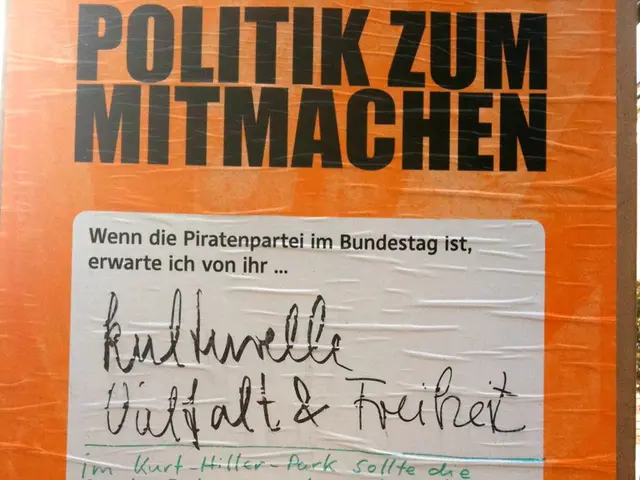Escalating disagreements in the Horn of Africa region
In the northern Ethiopian region of Tigray, tensions remain high following the 2022 Pretoria Agreement that aimed to bring an end to the conflict. The agreement called for the disarmament of the Tigray People's Liberation Front (TPLF) and the withdrawal of foreign forces, but the extent of Eritrean forces' role in the conflict was overlooked.
Tigray, a region that shares borders with two Ethiopian regional states, Amhara and Afar, as well as internationally with Eritrea and Sudan, has been at the centre of a complex political and military situation. Eritrean forces are still present in Tigray, and the Eritrean regime has connections with Amhara rebels, specifically the Fano militias.
The conflict in Tigray led to an alliance between Eritrea and the federal government against the TPLF, with Eritrean forces accused of committing atrocities against civilians. The TPLF, a significant political force in Ethiopia, views this situation as a compromise undermining regional integrity and Tigrayan interests.
The TPLF remains excluded from representation in Ethiopia's parliament despite being removed from the terrorist list after the Pretoria Agreement. This decision has been met with disapproval by the TPLF, who view it as a compromise that undermines their political standing.
In 2020, the TPLF held regional elections in Tigray, defying the federal government's rule to postpone elections due to the pandemic. This move further escalated tensions between the TPLF and the federal government, leading to the TPLF's attack on the Northern Command of the Ethiopian National Defense Force in November 2020.
The TPLF is currently split into two irreconcilable factions, and the National Election Board has banned the TPLF from political activity due to its inability to hold a general assembly. This ban has further marginalised the TPLF, fuelling tensions in the region.
However, a less likely scenario involves successful international mediation, helping Ethiopia secure access to the sea without directly challenging its neighbours' sovereignty. This would require a significant diplomatic effort and the resolution of the ongoing tensions between Ethiopia and its neighbours.
Since 2018, Ethiopia and Eritrea have officially ended their long-standing state of "no-war-no-peace" after Prime Minister Abiy Ahmed initiated a peace agreement. This agreement has improved diplomatic relations between the two countries, allowing Ethiopia to pursue access and cooperation related to the Red Sea via Eritrean ports. However, tensions remain influenced by regional conflicts such as the Tigray War and the involvement of Eritrean defense forces.
In conclusion, the situation in Tigray remains fragile, with tensions persisting between the TPLF, the federal government, and Eritrea. The most likely scenario is a period of fragile peace followed by a proxy war between Ethiopia and Eritrea in the Tigray region, especially ahead of the 2026 Ethiopian general elections. International mediation may offer a way forward, but resolving the ongoing tensions will require a significant diplomatic effort and the resolution of underlying political and military issues.
Read also:
- Impact of Alcohol on the Human Body: Nine Aspects of Health Alteration Due to Alcohol Consumption
- Understanding the Concept of Obesity
- Lu Shiow-yen's Challenging Position as Chair of the Chinese Nationalist Party (KMT) Under Scrutiny in Donovan's Analysis
- Tough choices on August 13, 2025 for those born under Aquarius? Consider the advantages and disadvantages to gain guidance







